I got into film photography at a time in my life when I was not at my best; and one of my reasons for working with film at that time ties into that headspace. I haven’t really discussed it much before, but part of the reason film appealed to me at that time was that as long as I had a roll of film in my camera, or not yet developed, I had something to look forward to – a sort of “unfinished business” grounding me.
Whenever I finished a roll I’d immediately load another and make a few images, forcing an anticipation for the sake of having any reason at all to keep going, and eventually see those images. I’d hold off on developing as well, so that I would rarely catch up with my backlog. In a way I was haunting my own life, leaving myself things I would want to take care of, which eventually became a feedback loop allowing me to pick up more pieces of myself and my life, and moving with that momentum until arriving where I am today – in a much healthier place, not just in photography but in more aspects than I could have hoped for back then.
In my article “Death and Film Photography” I talk in broad strokes about the way that photography has been an instrument for exploring philosophies I am centring in my projects. My own position and philosophies have an obvious impact on my direction and sense of purpose, drawing me towards the stories and themes which fit to my sense of what I want to say, and what I want to use photography to say.
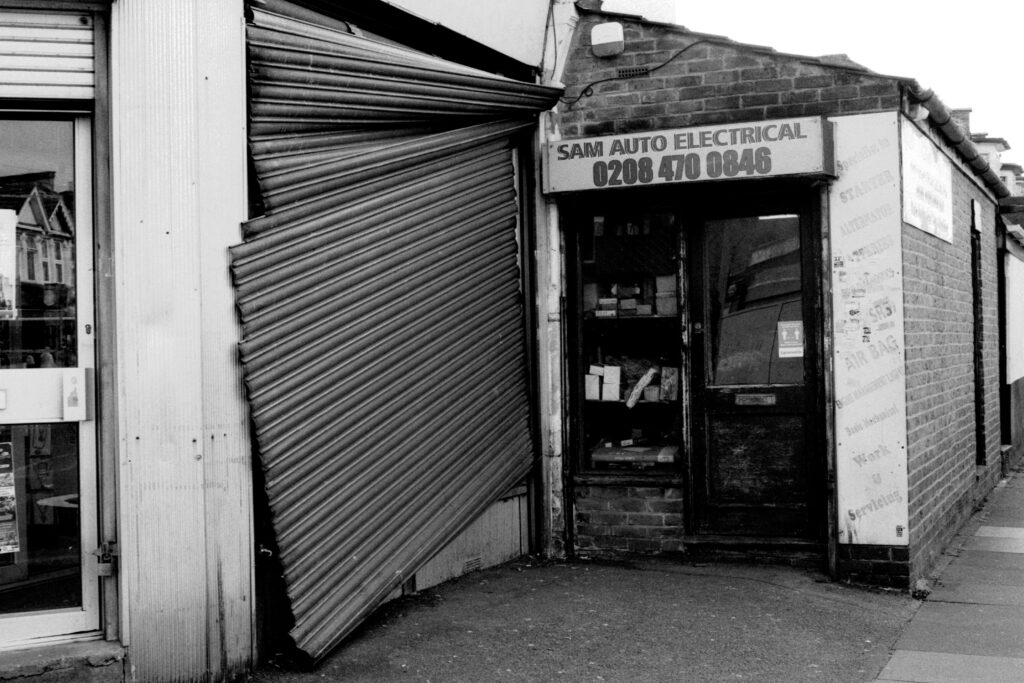
Death and life seem to me to be in a codependent equilibrium, although I often find that love of life is inverse to fear of death, which isn’t currently my personal stance. Joy and compassion is in direct relationship with pain and suffering, you don’t have positives without the negatives – but in what is popularly shared as powerful imagery it tends to incline towards the negative.
We see pain and suffering in the news, in awards, and as a direction for many who want to document so called “social issues”. Many of my photographs are of very sad moments, but that sadness implies and is in relation to joy. Many of my photographs are of very joyous moments – all implying, and tinged with sadness. This is the reality I try and directly reflect in my work, rather than any particular image being a definitive extreme.
Even the worst moment of someones life, the lowest low, would immediately be followed by something a little better – by definition of having just been preceded by the lowest low. Documentary of “social issues” is highlighting problems we face. It seems rare to base a documentary practice around joy, or even contentment – and the ones that do tend to be in an aftermath of struggling, needing to contrast the positive against the negative for it to have any meaning whatsoever. These gentle images don’t seem as interesting, without an inciting incident, no great cause to rally around, no dragon to slay or villain needing their comeuppance.
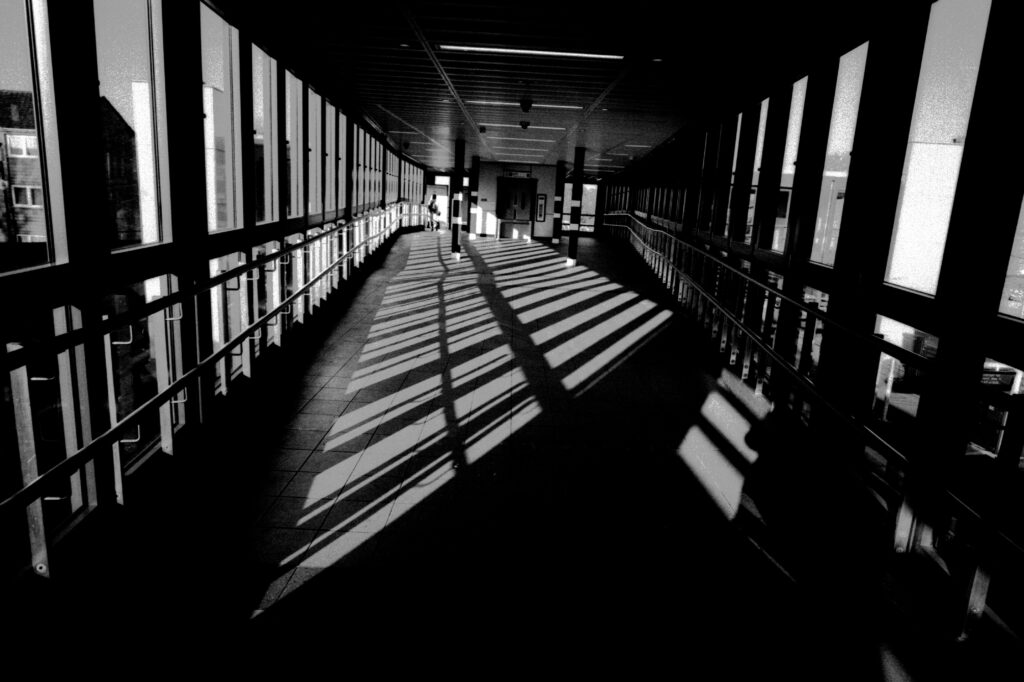
Life rarely has clear cut, tangible villains – even in a political context where an activist wants to indicate that the people poisoning the water have names and addresses, they’ll maybe avoid the fact that they also had/have dreams, hopes, ambitions, and fears. Photography as a medium can encompass the reality without dividing into binaries, labels, clumsy words. Photography has the power to visually confront a viewer, to show evidence and testimony – of anything. Everything.
The good and the bad. The pain and the joy. Add to that whatever the viewer brings with them when seeing the final work. Some photographers produce purely joyful, whimsical images but when I see them they are tinged with melancholy and nostalgia where others see only the lovely golden tones, pastel shades, and smiling faces. Golden hour is close to sunset, it’s the end of something rather than the beginning, a soon to fade memory. If all of your work is made at golden hour there is more than just the lovely aesthetic, the time of day does have an effect on me, it’s watching this eternal sunset, never any actual conclusion or resolution.
My photographs and projects contribute to all kinds of narratives, ones you may like and ones you may not. The basis is in my relationship to those topics, my philosophy, and I do my best to offer insight to those to inform my audience. I know that sometimes my views are esoteric, or obscure, and that not everyone will agree with them. I know people will frame my work and my experiences and perspectives via their own lens, their own experiences, and so on.
That’s where you find critique in the form of: “This photographer didn’t do things the way I would have done them!” “I would do it differently,” or “I wouldn’t do it at all.”
These mean very little to me, because I’m not the person giving the critique – so of course my decisions will be different from theirs. Photography allows me to pause and extend, to reflect a little longer, and to share with others who may also think and inevitably project back onto my work, a constantly informed feedback loop. Photography will never allow me to reach out to the current versions of lost people in my life, separated by so many layers of time, life, distance – even those who have simply changed over the years, and whose former self I wish I could spend just five more minutes with.
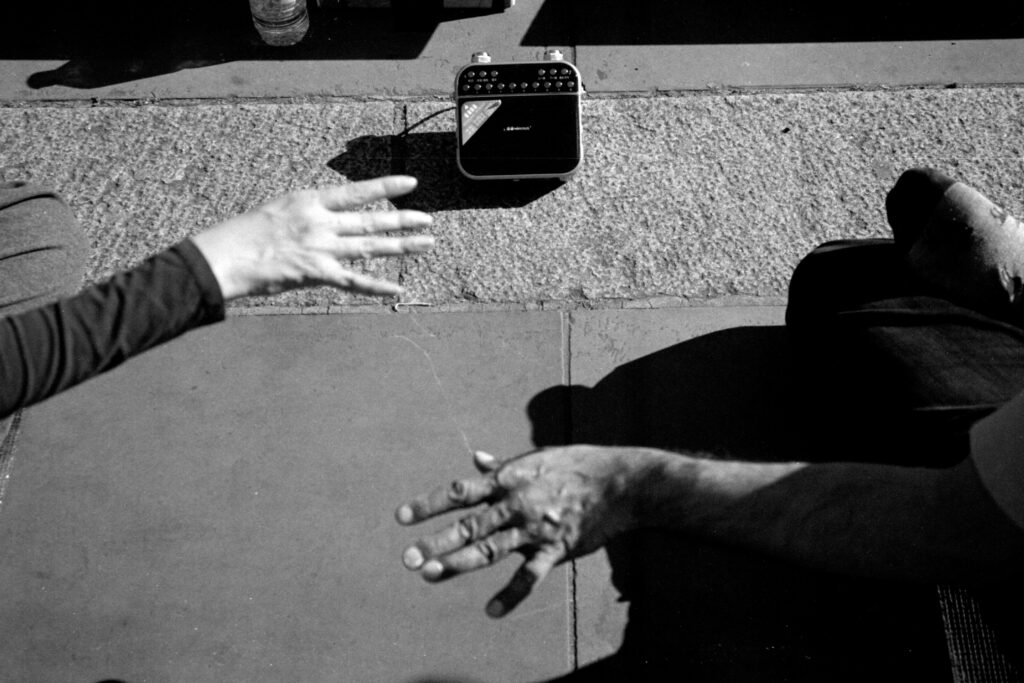
My publication “Dream Grieving” was a good way to literally close he book on some of the ideas I’d confronted regarding mortality and my experience of life over Covid in the early 2020’s. Having moved onto projects grounded in realism, social documentary, and especially my local community I have found a shadow, something lingering despite my feelings of conclusion and resolution. It seems my works have an aspect of death present in the themes and implementation of my ideas, it’s inescapable.
I think even if I were to photograph a literal birth (I haven’t yet), the moment new life enters the world, there would be an implication of the other side of the coin, implied by its polar opposite. I describe myself as a humanist, with a direction that tries to be life affirming, struggle rewarding, accepting and contextualising despair and suffering.
As an active creator of work, I think I have to do a better job to offer my audience insight into the way I work, into the way I see things both literally and figuratively. My approach moment to moment while making pictures, my thought process when it comes to deciding what I want to say in the first place. A step further than what I already make, the bar I’ve already set for myself. Why do I keep working this way, exploring these themes that so many have told me they would rather avoid accepting?
My photographs serve the purpose I need from them, but I still find the need to justify it, and myself, in order to give it all the best chance at having the impact I want it to have, rather than letting people receive what they were already inclined towards. More than the writing I offer in my blog, and other sites, extending beyond the stories and images themselves, I need an overt, upfront representation of self, my philosophy and workflow as an unserious person working in a sincere direction.

I struggle with showmanship, I am not a performer; I don’t play through the role of philosopher and theory, I simply encompass myself in all aspects at all times. How do I convey all of this? How, after writing so many words on so many topics, do I communicate more completely the aspects of the creation aspect behind my “real work” that I want to discuss, as an educator and enthusiast?
On my personal blog I have somewhat run out of steam recently, with many half finished drafts, and repetitions of ideas I’ve already explored, going around in loops. I don’t want to pontificate, I want to confidently support my position, contextualise the moments that make my photographs what you see when they eventually find their way into print. I want a tertiary record, beyond my writing, and my photographs, something a bit more organic and spontaneous compared to my methodical train of thought present here and in so many other articles I have produced over the past decade or so.
A lot of what I would usually write about my photography has faded into the background – the aspects I value currently are the community of other photographers, and the community of people who have welcomed me into their lives to tell their stories. My thoughts here are happening at a time when my photography is more personal than ever, reflected in my use of wide angle lenses, up close and personal with a 21mm in my day to day approach.
Compare the images I made during the 40th Arba’een procession a few years ago with the photographs I made at the recent Imam Kazim Martyrdom procession (there is much crossover between these events, including the participants). The feeling to the images are very different, not just the obvious colour/black and white differences, but the use of different lenses, and my more engaging method.
I am finding it difficult to express myself, my own story as I’m experiencing it now – it is much easier to follow the threads of the cultural stories I have been working on. As a photographer I was recently “interviewed” (above) while working, which is a nice insight but is about a specific version of myself – comments about my personal life were understandably cut from the video. Migrant stories, religious practices and esoteric customs are much more photogenic, and innately contain a strong narrative, one which confronts xenophobia and represents sympathies and a positive outlook towards the fabric of society on that social level. It’s easier to talk about philosophy and unravel a relationship with that work than with my own stance as an individual making that work from this particular perspective and process in which I find myself.
However, the real tangible issues in my own life are not cultural or social – I am comfortable with the person I have worked to become, and the relationships I have been able to build across the past decade. It is the financial and economic “role” I struggle with – perhaps a touch of class division but more significantly my relevancy as a worker and producer within the wider economic system.

Social discourse in Britain seems to concentrate on how best to punish wrongdoing, but there’s also an amount of criticism against those trying to live their lives as best as possible. I am doing my best to fit into this system while also doing as much of the work I truly care about and feel it’s important to do. Despite this positive outlook, it is not likely that I will ever have anything close to a peaceful, secure existence. The vast majority of my working value over the last decade since leaving university has been for the benefit of my landlords. I doubt pensions will exist as they do if I make it to a retirement age which seems to be an ever moving goalpost. Even if I had confidence in reaching a retirement situation, the declining population means it won’t exactly be a comfortable “golden years” type experience others have experienced. I’ll never own a property, it’s unlikely I’ll ever have a pet, I definitely won’t be having children. The next significant “milestone” in my life will be my death.
This is a weighty concept pressing against my short and mid-term plans. What’s the real difference if I die tomorrow rather than ten years from now? It’s not like I have new experiences waiting for me that I might miss out on. I’ve seen the highs and lows, successes and failures. Everything now is more of the same – and locking in on staying employed so that I can provide value for someone else’s property investment feels like an underwhelming endgame state.
I don’t see death as a fail state, or an evil to be avoided, so there isn’t much fear associated with the acceptance of such a transition. However, it is a powerful idea, and a powerful story, one which I am struggling to render in photographs. My cultural stories have social impact, but my personal story, and the echoes of my experience in the lives of others would be a far more damning account – but only if done right.

In practical terms my mindset is manifesting in different approaches to the stories I am already telling, taking on greater risks both moment-to-moment, and in the decisions I am making on long term projects where the “payoff” may be very distant or uncertain. Leaning into controversy and sensitive topics which are on the edges of some of my projects already, but amplifying them and embracing the more immediate resulting conversations is another possible direction. I have less personal fear about violence or loss of freedom in doing my work, and have become comfortable in situations where previously I would have been unable to accurately risk assess or navigate – whereas now as long as I have my sight and limbs that obey me more or less anything goes.
Still, these only serve to contribute towards those projects and stories I am already working on – they don’t encompass my personal position in the way that Dream Grieving did when I produced that. I don’t think another high concept philosophy book is the right solution to the feeling I have described here – I would much prefer a grounded documentary approach, despite the currently insurmountable creative block.
It would need to be another photography book not about the images themselves but about a greater level of interpretation, one that needs me to come up with a fresh visual language in order to communicate the depth of despair that seems to be in the background of all of my current decisions. An essay will be an obvious inclusion, but what more would I need to say beyond what I have described in this relatively short article?

I don’t make photographs to look at the past, I make them to look at the present. They are about right now: right now taking them, right now viewing them, and right now the story they are a part of illustrating. I don’t know how my photos will be seen in fifty years, if any of them survive that far – that’s a different time, a different context. That’s not what I’m working for. I am taking on a responsibility to make work that resonates today, with people today who bring a contemporary interpretation adjacent to my own.
I’ll never know of any larger aspect of me looking out through your eyes, or you through mine, what we can share now is only photographs, my eye through glass onto your screen or paper. That’s a limitation I will need to accept in order to get out of this headspace – made somewhat easier by how wonderful the things I am guiding my eye towards actually are. Joyful celebrating communities, cultures, fascinating and esoteric practices, families, more resilience and collaboration than I could have imagined from the bleak photographs I learn from, work by the great social documentarians of humanitarian crisis, conflicts, and social issues.
Without images words can only define in terms of other words, they aren’t referencing anything tangible from base reality. If I want to express what I want in images it will take a lot of translation, and paths that may not necessarily end up being productive. I’ll always wonder about the stories I am missing out on, and the photographs that got away from me because of the potential they represent – the photographer and person I might have been if I’d caught them.
Framed like this, I think I don’t have regrets, just curiosity. What would, or could have happened if I’d made one decision rather than another? The death of all of those infinite possibilities is what weighs me down, not the guaranteed, certain, eventual outcome of my actual death.
Thank you for reading my thoughts, I hope some part of it was useful to you! I have several publications and zines currently in the works, for updates please see my Instagram. I buy nearly all of my film from Analogue Wonderland.
Share this post:
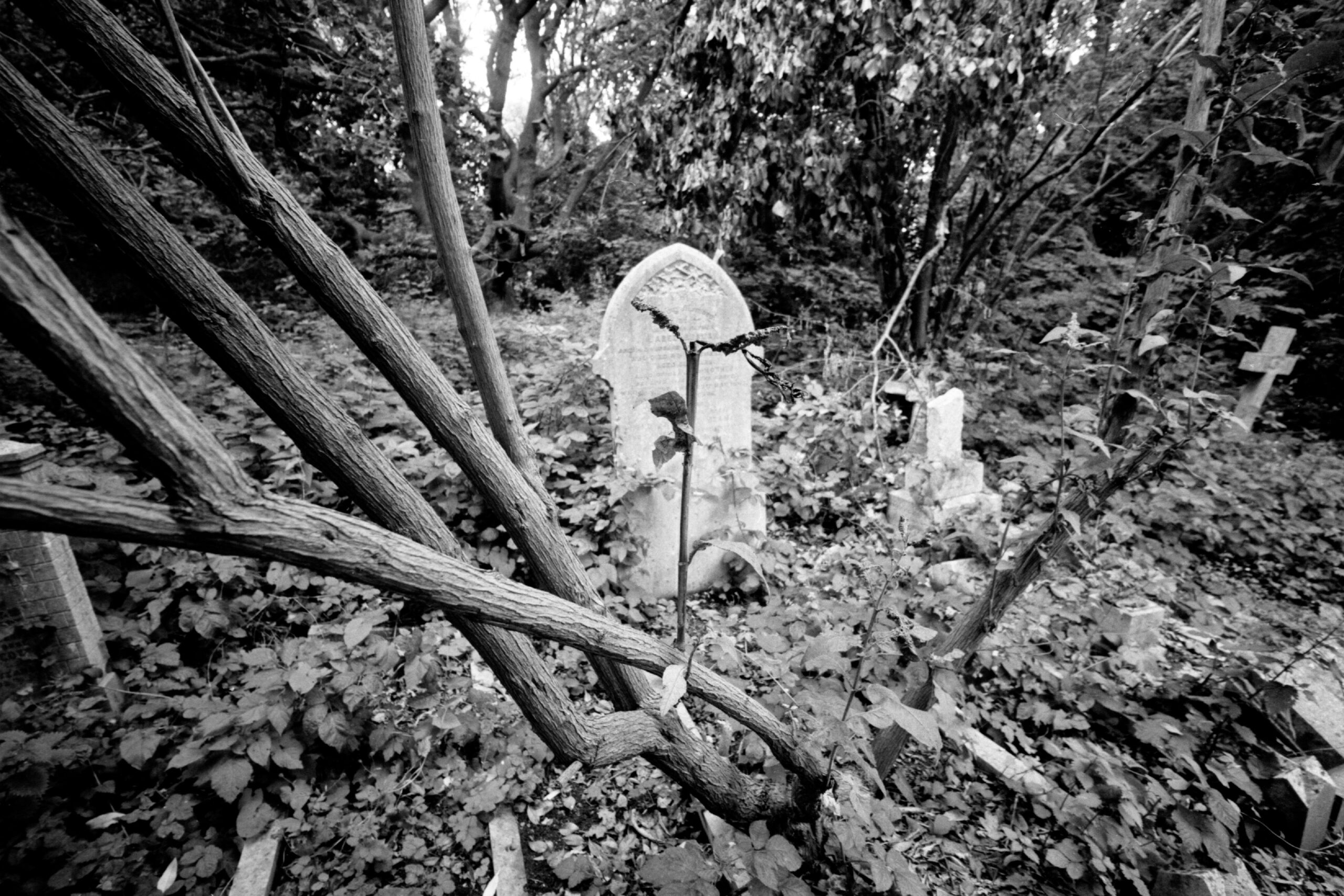
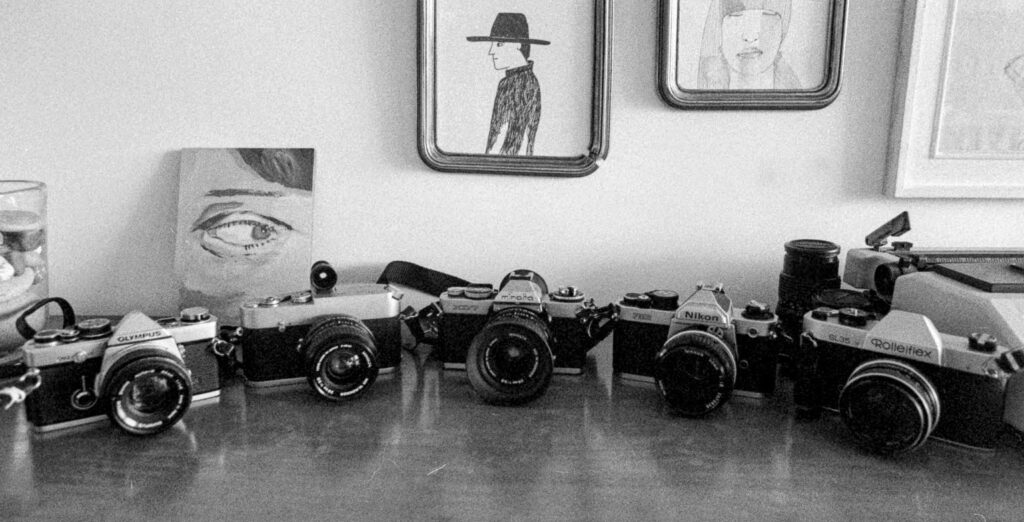
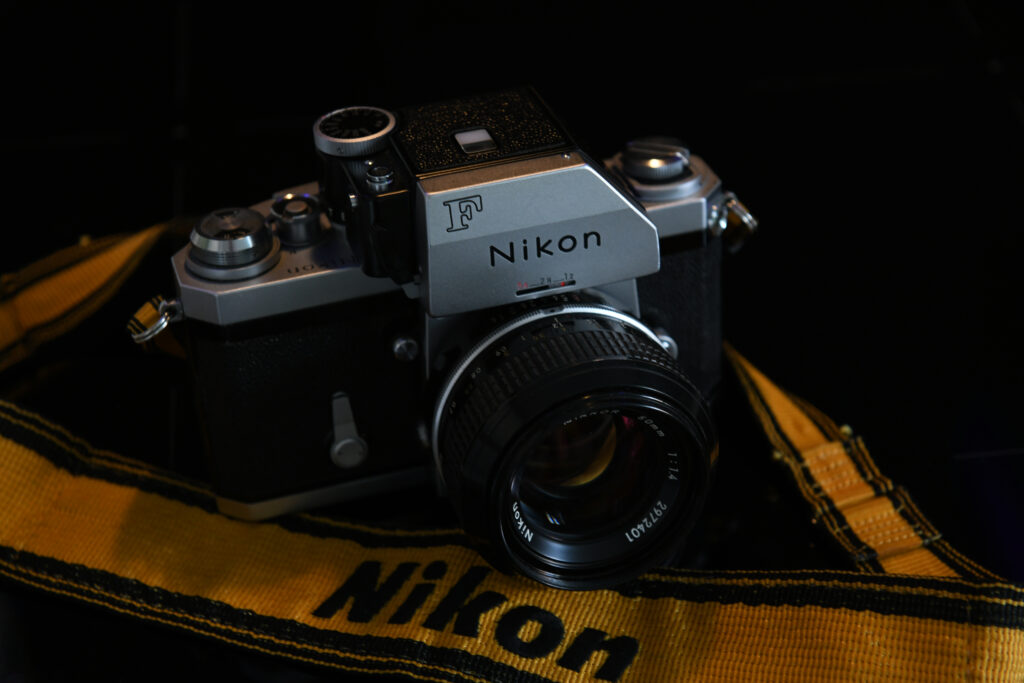
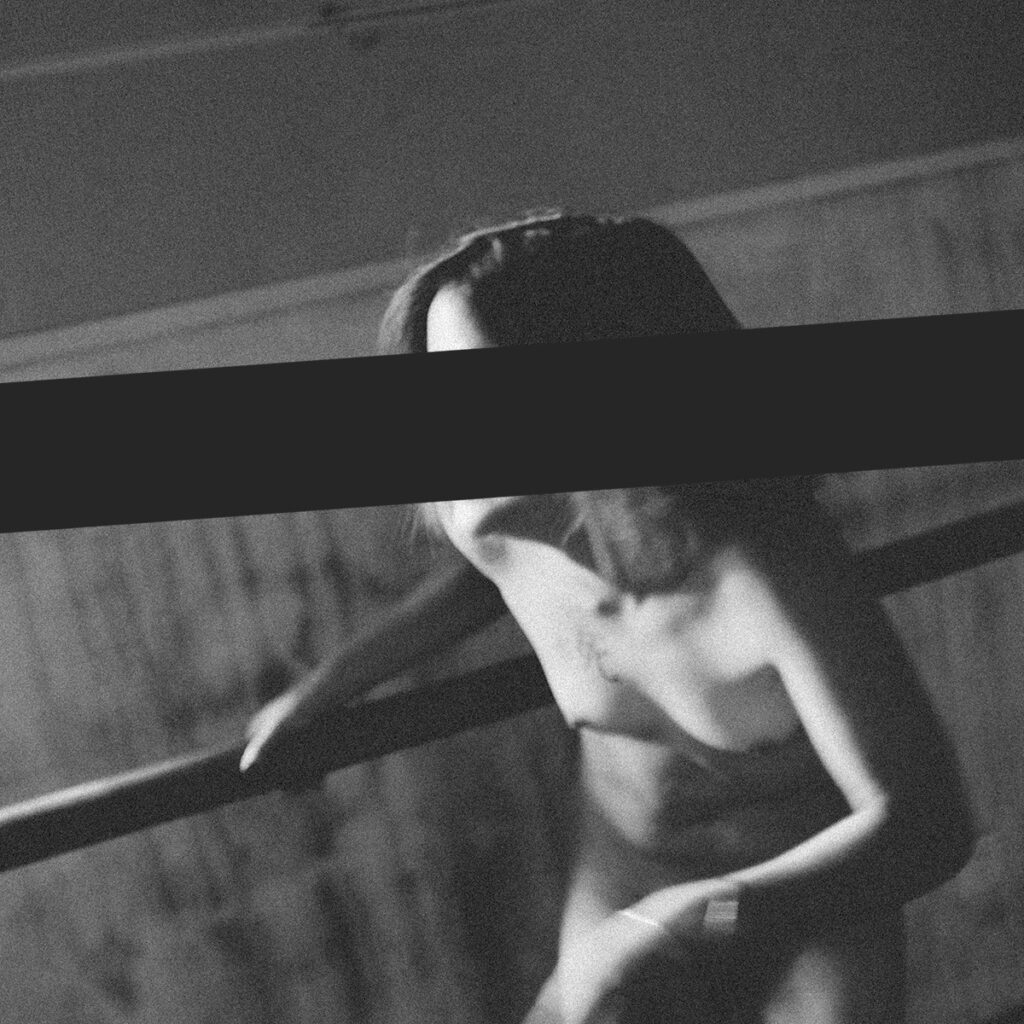
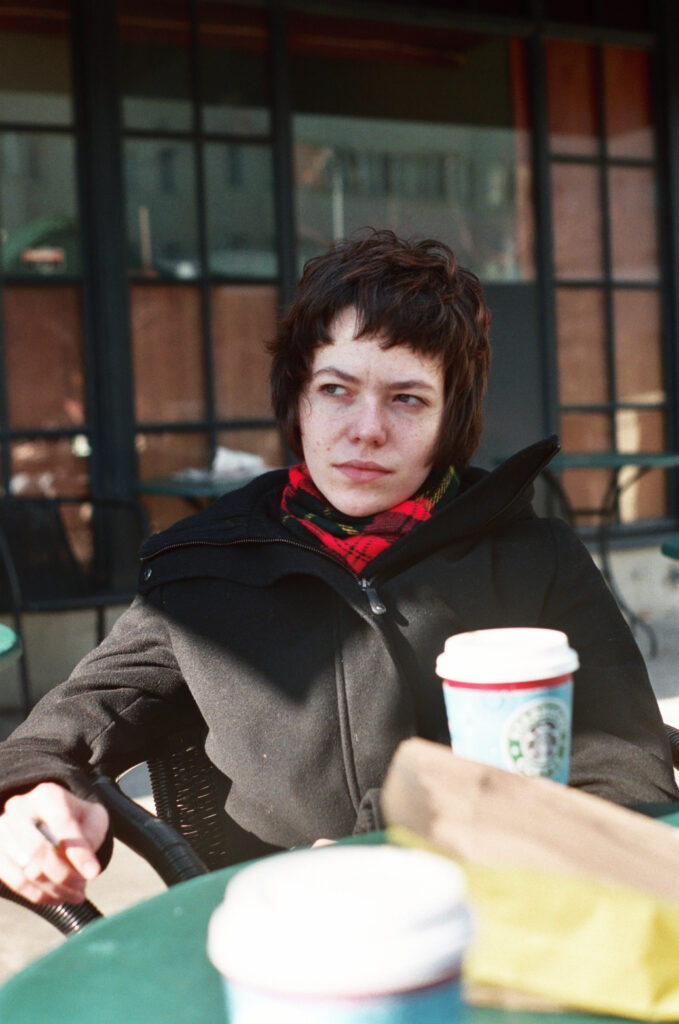
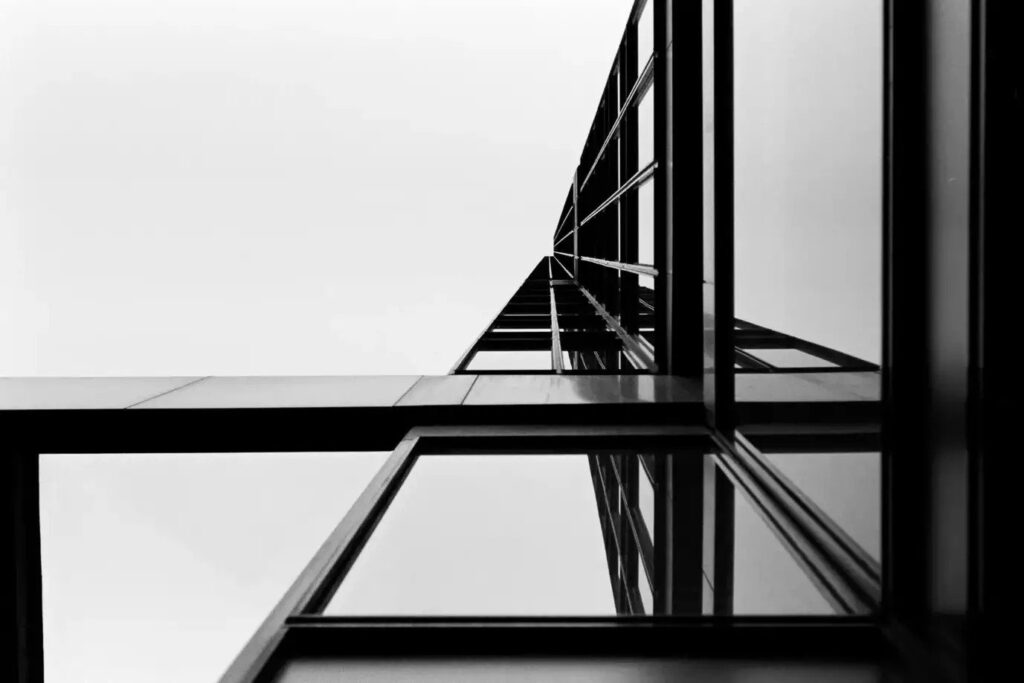


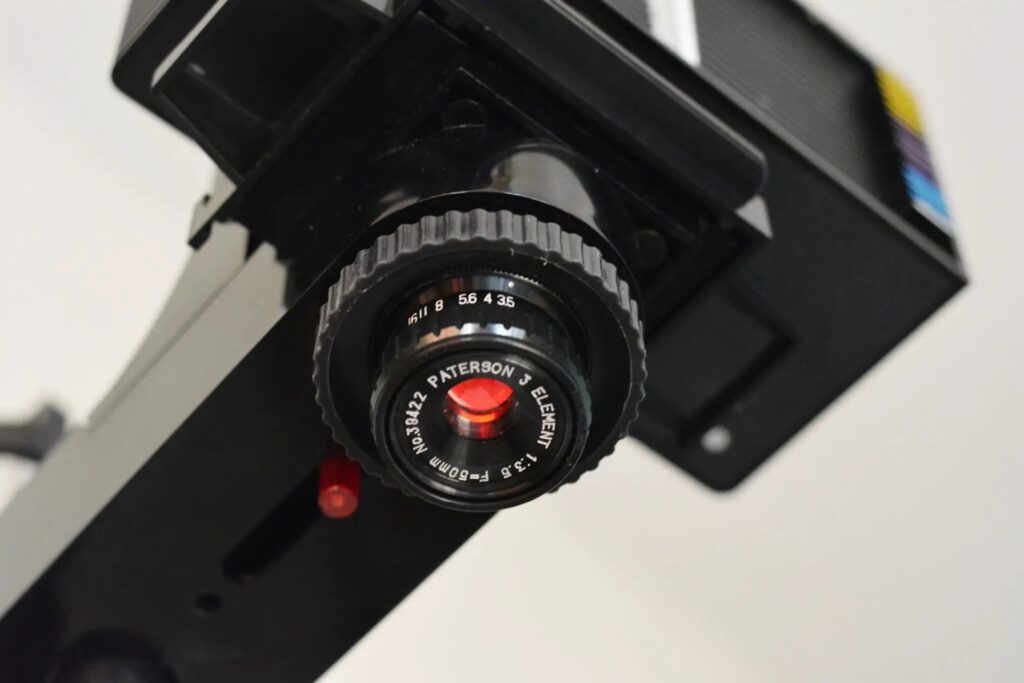
Comments
Ian on Beyond Death and Film Photography
Comment posted: 21/08/2025
I read your post with interest, having experienced something similar of the personal aspect over the years.
While my accommodation and professional life has been completely different, finding photography and the healing it has helped me with is something I recognise in your words.
Which leads me to thank you for this post. Specifically because you have encouraged me to take a film camera to the event I'm attending this weekend.
If any are worthy I'll consider posting here, although that's not the end game.
Cheers
Ian
Comment posted: 21/08/2025
David Hume on Beyond Death and Film Photography
Comment posted: 21/08/2025
Comment posted: 21/08/2025
Henry Perry on Beyond Death and Film Photography
Comment posted: 21/08/2025
I find myself reflected in your story and thank you for your bravery and insight. I never thought about why I went back to film, but in afterthought, it is mostly when I'm down. I think you may have hit the nail on the head. Something to look forward to.
Beautiful images, by the way.
Comment posted: 21/08/2025
Gary Paudler on Beyond Death and Film Photography
Comment posted: 21/08/2025
I'm old in the US and things are fucked-up!
Community is the thing that I think might see us through times when we are meant to feel despair. I think of the infinite forms of community that might be created by a tiny fraction of 8 billion people each living for 5 or 10 decades. You are already inclined to create - there's probably no way you could not create. Most people don't know how it feels to deliberately create something more than one needs to drag oneself through one more day. You know that feeling; how it gets your head out of your ass and creates the Simon who isn't thinking about mortality and the futility that leads-up to it. I'm also thinking about mortality; not mine but of someone I love. I'm barely doing it but I think community might help to offset despair.
Comment posted: 21/08/2025
Gary Smith on Beyond Death and Film Photography
Comment posted: 21/08/2025
Earlier this week I "discovered" the work of Minor White who spent some time in Portland. A large chunk of his work is housed at the Portland Art Museum and the Oregon Historical Society. I'm hoping to pick-up a few printed books of his work as he's done interesting things.
Thanks for your thought provoking articles Simon!
Comment posted: 21/08/2025
Ibraar Hussain on Beyond Death and Film Photography
Comment posted: 21/08/2025
https://britishphotography.org/artists/257-simon-marsden/works/
Comment posted: 21/08/2025
Comment posted: 21/08/2025
Geoff Chaplin on Beyond Death and Film Photography
Comment posted: 22/08/2025
Thanks for the post. Incidentally saying something everyone would agree with is pointless. Statements should stimulat constructive thoughts and debate.
Comment posted: 22/08/2025
Alexander Seidler on Beyond Death and Film Photography
Comment posted: 22/08/2025
I think the pressure you put on yourself is a bit to high regarding the "storys you may have missed"
Your set of photos is beautiful !
Comment posted: 22/08/2025